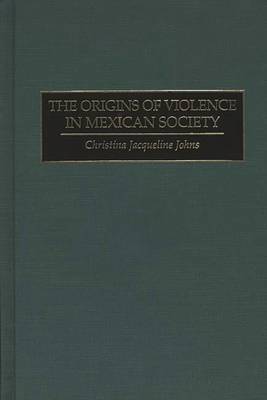
- Afhalen na 1 uur in een winkel met voorraad
- Gratis thuislevering in België vanaf € 30
- Ruim aanbod met 7 miljoen producten
- Afhalen na 1 uur in een winkel met voorraad
- Gratis thuislevering in België vanaf € 30
- Ruim aanbod met 7 miljoen producten
Zoeken
€ 161,45
+ 322 punten
Omschrijving
The bloody, mass sacrifices of the Aztec empire have been documented and decried since the 16th century when the Spanish began using violence to justify their own domination of the Mesoamerican Indian population. Similarly, the violence of the Conquest, and the first years of the Spanish colonial occupation of Mexico, have been discussed and decried. However, researchers and scholars have discussed the violence of both societies only in descriptive terms, rarely attempting to offer explanations for the violence of the two periods. The unique feature of this analysis is a socioeconomic investigation of labor patterns, food production, trade, wealth, population, and environment, providing an explanatory framework for what otherwise appears as senseless and random violence. In this study, Johns analyzes the violence of Aztec and Conquest Mexico from a materialistic perspective.
Specificaties
Betrokkenen
- Auteur(s):
- Uitgeverij:
Inhoud
- Aantal bladzijden:
- 240
- Taal:
- Engels
Eigenschappen
- Productcode (EAN):
- 9780275948382
- Verschijningsdatum:
- 30/05/1995
- Uitvoering:
- Hardcover
- Formaat:
- Genaaid
- Afmetingen:
- 161 mm x 239 mm
- Gewicht:
- 562 g

Alleen bij Standaard Boekhandel
+ 322 punten op je klantenkaart van Standaard Boekhandel
Beoordelingen
We publiceren alleen reviews die voldoen aan de voorwaarden voor reviews. Bekijk onze voorwaarden voor reviews.











